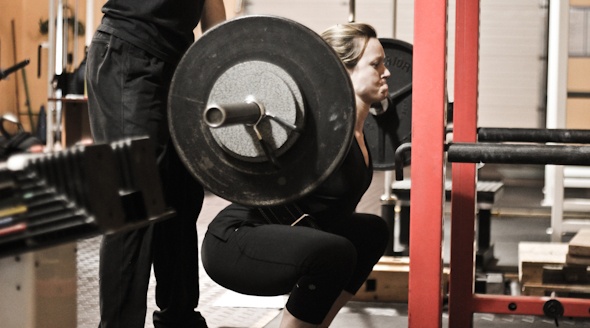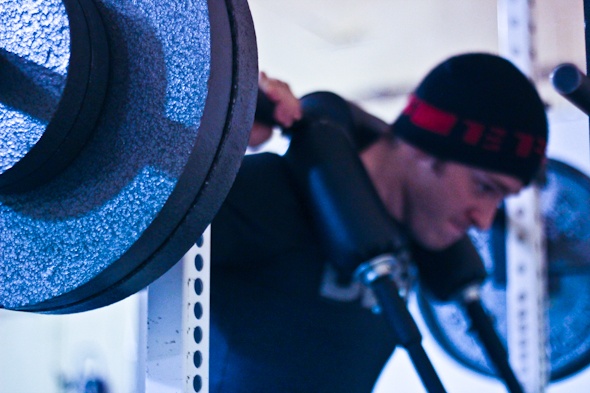Not enough coaches out there discuss properly regressing clients.
Don’t get me wrong, I hate to do it because I love to see people moving forward, but you have to think about what’s best for your clients. Trying to drive through problems will make them mentally frustrated in the short-term and pathologically physically dysfunctional in the long-term.
When Should I Regress?
When you cannot get your client in the position you want them in, they should be regressed. There’s no shame in their body not being able to handle a certain load; it will get better, they will get stronger, and they will thank you for it.
For example, I was watching my good friend do some half kneeling cable chops the other day that he wasn’t happy with, to say the least.
I looked at it:
- His spine was scoliotic (I think I made that word up).
- The weight was very light.
- This was obviously frustrating him, potentially enough to ruin his day.
- The amount of tension all over his body was remarkable, even though this task should be easy for him.
He was struggling. He’s needs to be put in a situation where he can succeed.
Proper regression of your clients requires a few steps.
What’s the Problem?
The beginning step to regressing is to determine the “weak link in the chain”, so to speak, and use this information to help the client out.
For my friend, there were a few things going on. In order of importance…
- Spinal instability
- Shoulder instability, stemming from the unstable spine, weak scapular muscles, overactive big muscles, and dysfunctional small muscles.
The spinal instability is the biggest problem because it is the most proximal problem. If we were to leave the spine alone and just attempt to fix his shoulder, positive changes would never stick.
Offer Assistance
After determining the weak link, you’ve got to figure out a way to make this a non-issue.
When in doubt, move closer to the ground. The closer the body is to the ground, the more stability someone can get through their points of contact.
In my friend’s case, I put him in sidelying and told him to slowly row a light band. Each component of this regression has its own specific purpose. Let’s break it down.
- We bring him down to the ground into sidelying position to give his spine more stability.
- Adding the row makes the movement more complex. The primary reason for the row is to challenge his spinal stabilization pattern. For now, I almost don’t even care how the shoulder moves as long as it’s not producing pain.
- I chose a row and not a push because the front of his shoulder is already very overactive.
- Then I told him to row very slowly because his pulling technique has years of faulty patterning reinforcing it. Going slow will allow him the time to think through a new movement pattern and “feel it out” while getting those front side muscles to relax.
Looking back, I would make the row a simple isometric so that he can focus on the spine while strengthening his upper back and learning how a full range of motion row should feel. I may also lean towards a push instead of a pull to load the anterior core more once he’s progressed.
Sounds impressive, right? Not so much. It may be embarrassing for the client, but if you can get them past this psychological stage, they will perform better physically.
Where to Go Next?
Obviously, you don’t want their entire workout on the ground forever.
In a situation like this, where the client was once an extremely able-bodied individual (he was the fastest man in Georgia!), they need a training effect. They need to do something cool. I don’t care at all about the actual training effect, or the muscle he’s going to lose, or even so much the diminished strength, but I want him to enjoy training. Everything else is minutia at this stage.
The easiest way to get someone to stop working out is to take away all of the fun.
Blindly trusting a boring program doesn’t last forever. Eventually they will get sick of it and stop taking your advice.
The importance of this is stressed when you consider that they may never again do the things they used to call “training”. Maybe the guy never squats deep again. Maybe he never benches a barbell again. Maybe he never does another bilateral deadlift.
You will need to find things that can challenge this type of client so that they don’t forever feel like a patient. Now go get creative.












